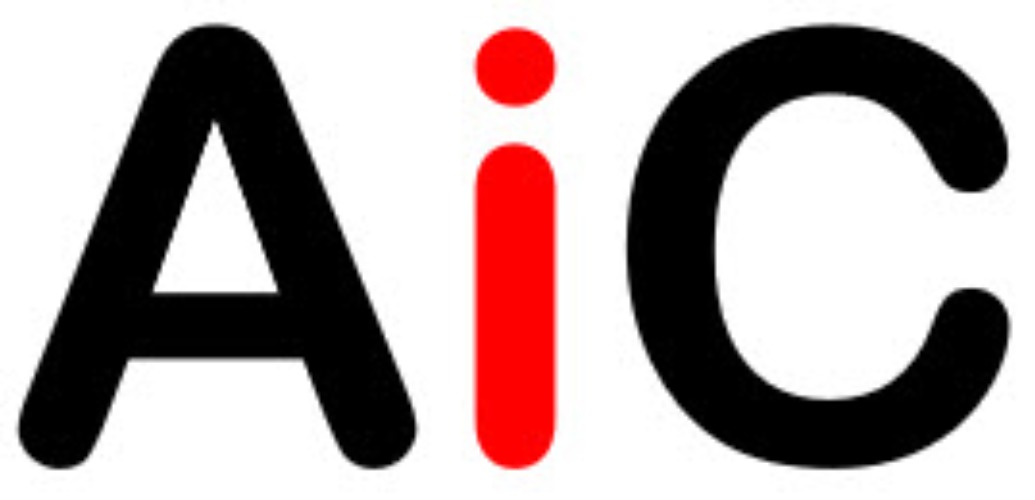
By Wei Wu, Glenda Mayo, Tamera L. McCuen, Raja R. A. Issa, and Dana K. Smith
Abstract
This paper presents the first phase of the building information modeling (BIM) body of knowledge (BOK) research conducted by the Academic Interoperability Coalition (AiC). The AiC BIM BOK initiative identifies and examines the formation of a global BIM culture emerging from its ubiquitous adoption and implementation worldwide in the last two decades. It advocates both urgent needs and unprecedented opportunities to establish a BIM BOK to (1) develop a holistic and robust framework to capture BIM concepts, standards, best practices, and state-of-the-art innovations; (2) identify foundational knowledge, skills, and abilities (KSAs) to meet workplace BIM job task performance requirements; (3) benchmark desired learning outcomes and career-specific competency in cultivating future BIM talent; and (4) enable credible and authentic BIM education accreditation and training credentialing. This research proposes the working definition of BIM BOK as the systematically curated concepts and nomenclature, knowledge, best practices, standards, and expected outcomes pertaining to BIM and its implementation. It summarizes the literature and background review, identifies the theoretic underpinnings of the BIM BOK, and delineates a knowledge representation framework adopted by AiC to encapsulate the BIM BOK using a job task analysis (JTA) workshop. A preliminary inventory of the BIM BOK contents is also developed, which is further explored and evaluated using a rigorous three-round, consensus-building Delphi study in the next phase of the BIM BOK research. The intellectual contributions of this research include that (1) it promotes the broad awareness of an expanding global BIM culture and proposes a systematic approach, i.e., the BOK, to scientifically investigate its formation and impacts on advancing the field of BIM study; (2) it clarifies the theoretic underpinnings and justifies the practical implications of establishing the BIM BOK; (3) it creates a holistic and dynamic knowledge representation framework for comprehensive and multidimensional BIM BOK documentation across industry sectors; and (4) it lays the foundation for more comprehensive development, evaluation, and utilization of the proposed BIM BOK when evaluating building and use cases.

By Wei Wu, Glenda Mayo, Tamera L. McCuen, Raja R. A. Issa, and Dana K. Smith
Abstract
This paper aims to apply the building information modeling (BIM) body of knowledge (BOK) framework, established during the background, framework, and initial development phase, to determine what common knowledge, skills, and abilities (KSAs) should be represented in the BIM BOK using a Delphi method with inputs from subject matter experts (SMEs). After three rounds of the Delphi study, a dynamic BIM BOK of 67 instances (line items) was developed and consensus was measured for each line item with importance ratings and levels of agreement (LOAs) achieved among the SMEs. The paper then plots heat maps to highlight varieties of perceived importance and consensus (i.e., calculated LOAs) of the BIM BOK line items and their distribution along different dimensions of the BIM BOK framework. The visualization aids supplied by the heat maps revealed significant trends of SMEs’ perceptions toward specific BIM competencies. Noticeably, better consensus and higher importance ratings were observed among BIM BOK line items that were associated with more seasoned professionals. Lower consensus was observed on what BIM competency young professionals were expected to develop. This disparity could be attributed to the lack of lucidity in foundational BIM education and training, and suggested gaps that needed to be filled in order to help young professionals grow into true experts. This phase of the BIM BOK research is expected to make considerable contributions to BIM curriculum and training development and competency cultivation in both academia and industry. It lays a solid foundation for standardizing baseline performance for BIM education accreditation and professional licensing and certification. These contributions are elaborated via the discussion of potential use cases of implementing the BIM BOK. The paper concludes with an outlook for future research to continuously enhance and update the BIM BOK via reinforced industry and academia partnership.
This is just example text. Click to edit and add your own content. This section design focuses primarily on text-content, which can be used to communicate information to your website viewers. You don't need any professional writing experience to create great text-content, all you need is an idea and a keyboard.

